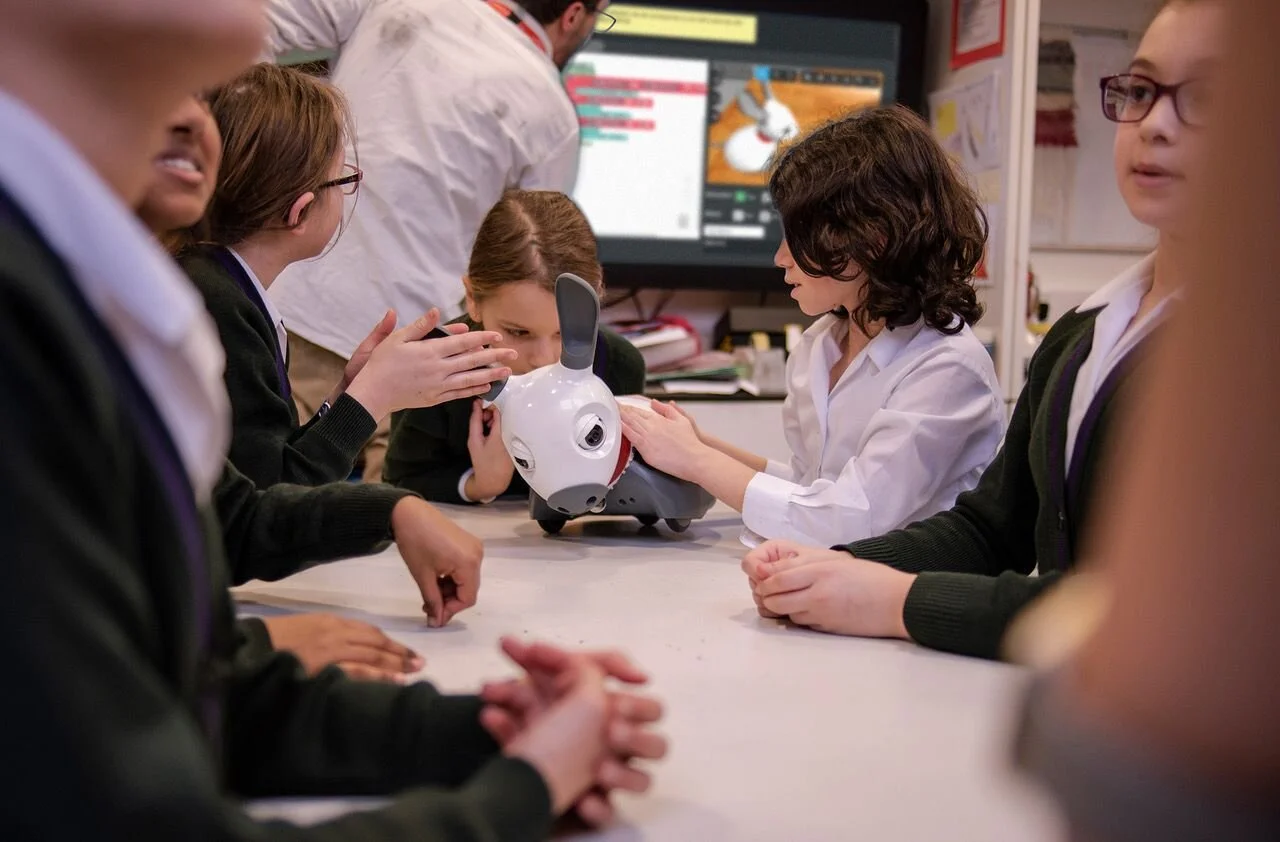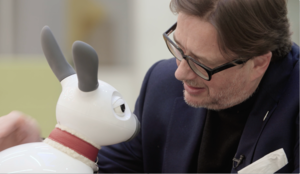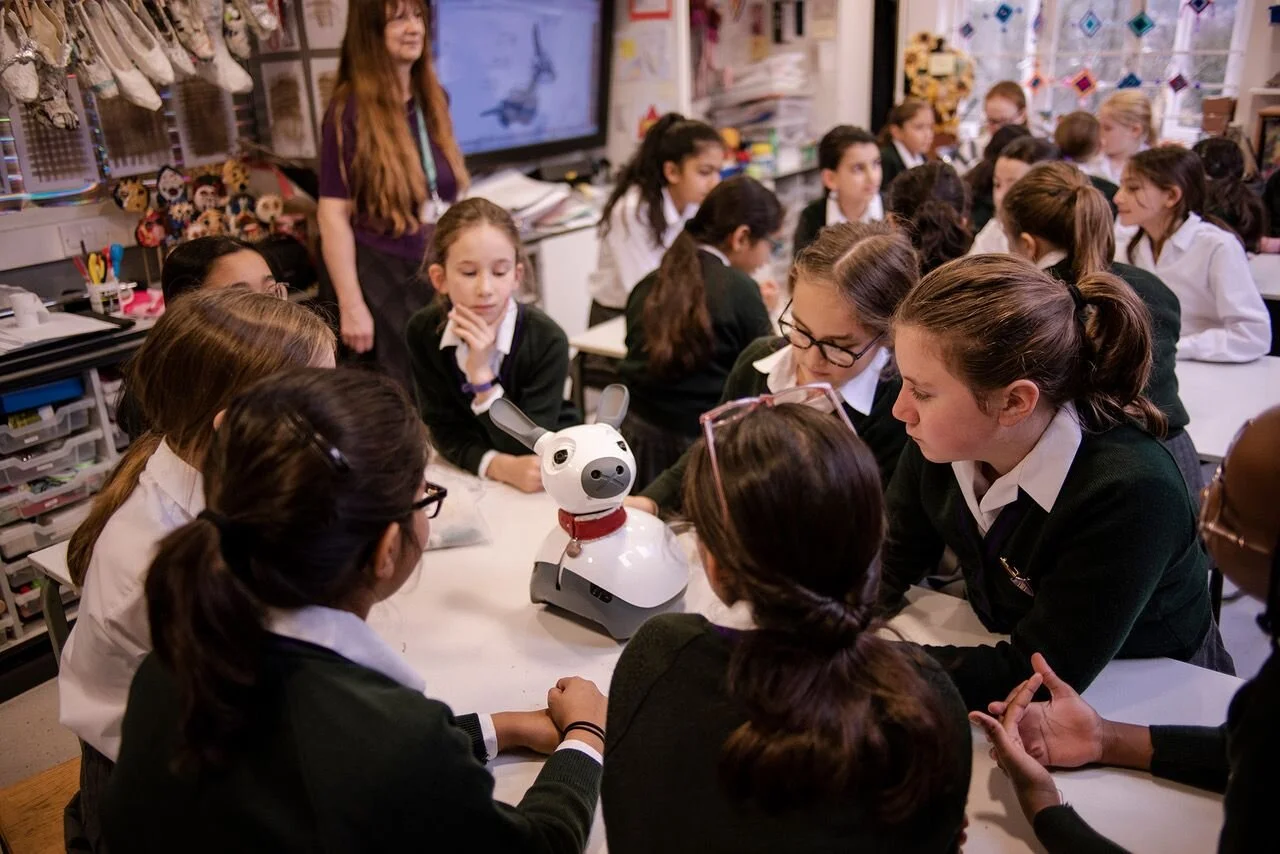The current COVID crisis is challenging all of us to find creative ways to work, study and live. With this in mind, we asked Sebastian Conran, a well known and respected industrial designer from the UK, and one of the creative forces behind the MiRo robot, what the role of creativity is in STEM.
What is the role of creativity in STEM?
I strongly believe that STEM is potentially a creative subject. There is an important place for pupils with a creative mindset in STEM learning, as there is clear evidence that leading scientists like successful artists need to be imaginative. As Albert Einstein noted: "Imagination is more important than knowledge. Knowledge is limited. Imagination encircles the world.” Fabled scientists are immortalised in the pantheon of history; many accolades, such as the Nobel are in fact rewards for imaginative innovation; it takes a profound amount of creative thinking to become a Newton, a Watt, a Joule, a Volta or a Curie; the European satellite space-telescope is named Galileo - all these people could be in an Apple ‘Think Different’ marketing campaign.
Why is creativity important in STEM?
STEM subjects especially need to attract creatively-minded and female (outrageously, only 8% of engineers are women) pupils and students, who with their perspective on, maybe the less tangible issues in an evidence based field, have a great deal to offer the innovative engineering community - at present subjects like coding may seem somewhat abstract to this audience, but we are working on solutions.
Why will coding for robotics be so important in the future?
Well, if you look at the Space Shuttle in the 1980’s it had around 400 thousand lines of code, the Hubble 20 years later had 2 million lines, the 10 year old F35 aircraft has 9 million and the latest Mercedes Benz cars will have 100 million. The Internet of Things (IoT) and robotics will become ever more prevalent in future industry and services. We desperately need creatively-minded people to code so that these services and industries work in an intuitive and emotionally engaging way.
What makes MiRo a great STEM education platform?
Not wishing to stereotype but it does seem that MiRo is especially engaging for creatively-minded students and female pupils, who may have a different standpoint and a great deal to offer the engineering community. At present, coding seems abstract to this audience, but MiRoCLOUD is part of the solution.
Pupils with dyslexia should also be encouraged to pursue STEM subjects. Personally, I was quite dyslexic at school and I found the humanities rather difficult and it was much easier to take ‘A’ levels in Maths, Physics and Chemistry where grammar and spelling are not key. I then went on to art school to study design - so maybe I’m living evidence that STEM subjects are a useful foundation for creativity! I use the things I learned in studying STEM subjects every day in my work as a product designer.
“I use the things I learned in studying STEM subjects every day in my work as a product designer.”
Final Thoughts
Perhaps imagination is a profoundly useful problem-solving attribute and relevant in practically all future industries, whether manufacturing or service, from medicine and engineering to sculpture and theatre. However, possibly in finance, law and politics, perhaps one needs to be wary of creative accountancy and interpretations of the truth.
post author
Sebastian Conran, Co-Founder, Consequential Robotics





